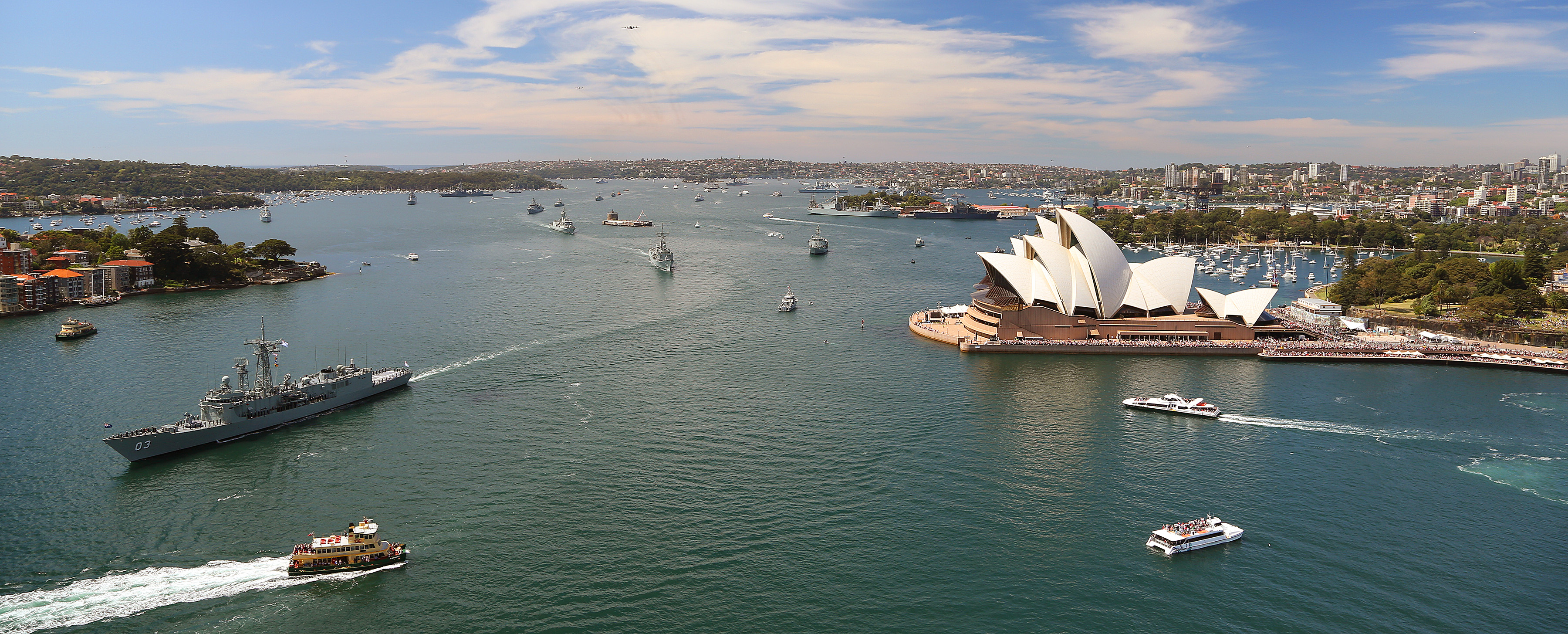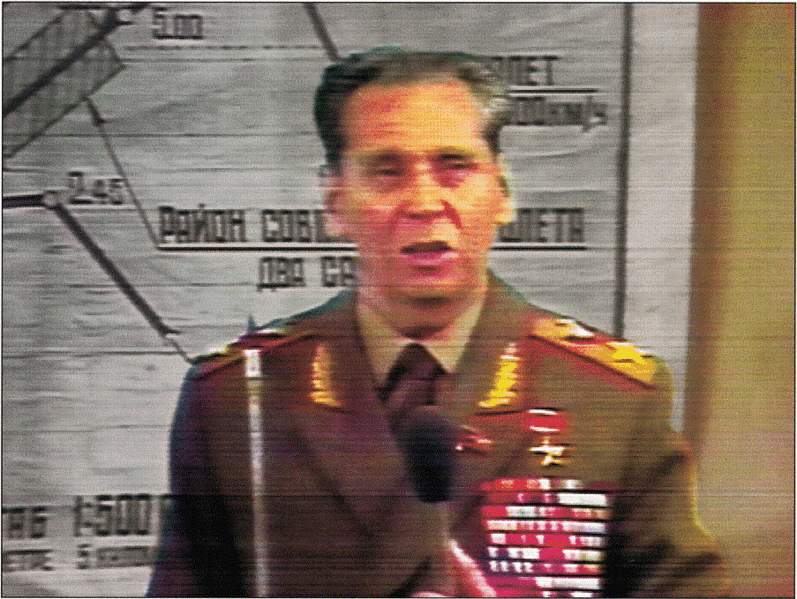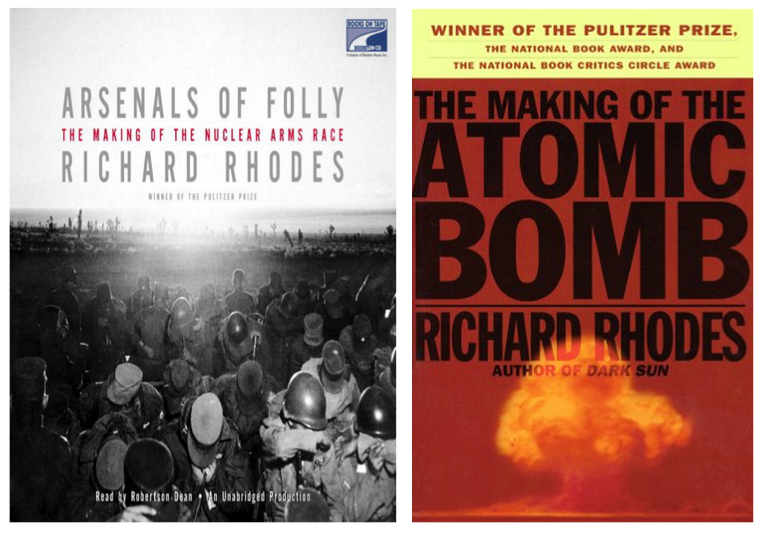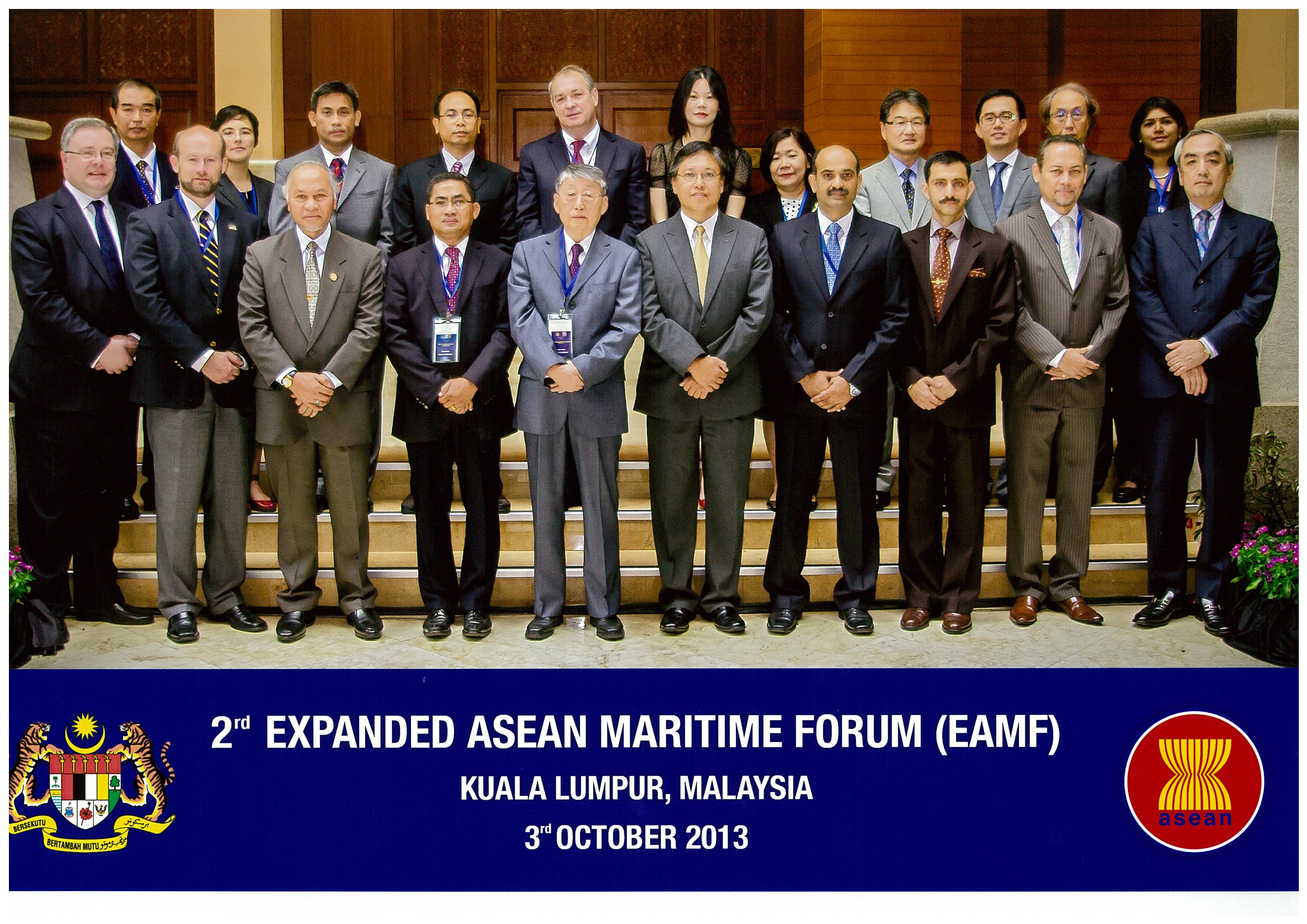ASPI suggests
How does the region perceive the US pivot? Here’s one perspective from Jakarta:
Asia would welcome a US policy that will, of necessity, be vastly different from the 2011 pivot, and one that is more realistic and less gung-ho.
The authors are senior editors of The Jakarta Post, one a former Ambassador to Australia, both of whom were educated in the US.
Strategist contributor Iain Henry responds to Harry White in The National Interest on why the US shouldn’t double down on the Senkaku Islands. Iain argues that a US security guarantee could provoke rather than deter China and might embolden Japan to escalate the issue further.
US special forces recently conducted simultaneous counterterrorism raids against Islamist terrorists in Somalia and Libya. James Kitfield over at Defense One has five takeaways from the special operations raids, including this point on the relationship between the US and Pentagon:
The fact that both of the recent strikes were made by U.S. Special Operations Forces, and not CIA paramilitary units, suggests to some observers that the center of gravity for counterterrorism may be shifting.










